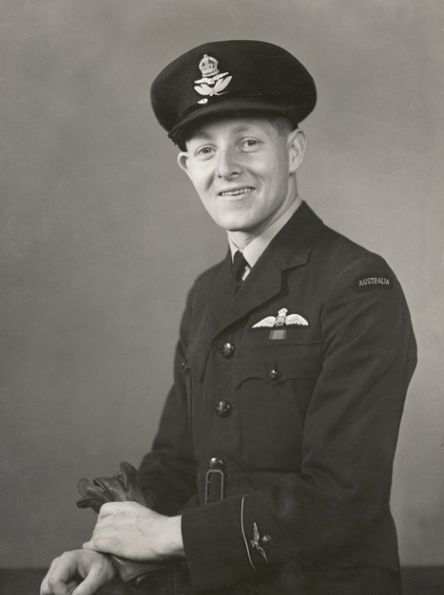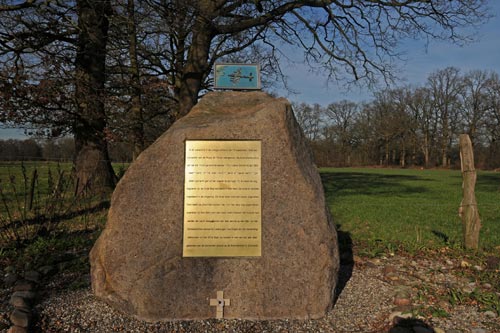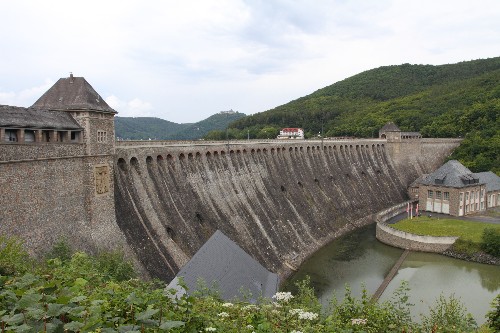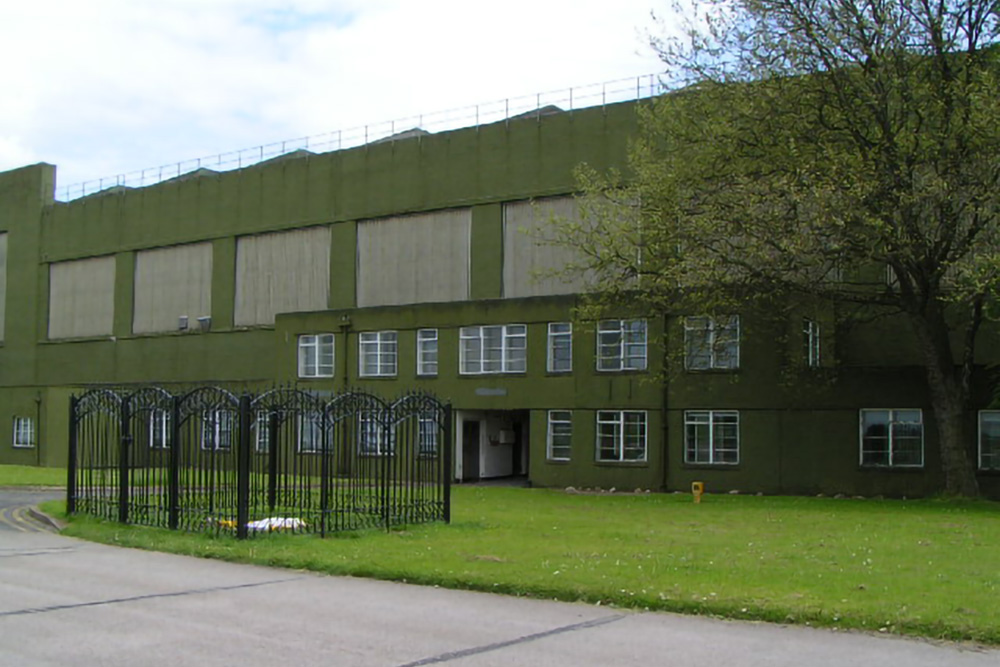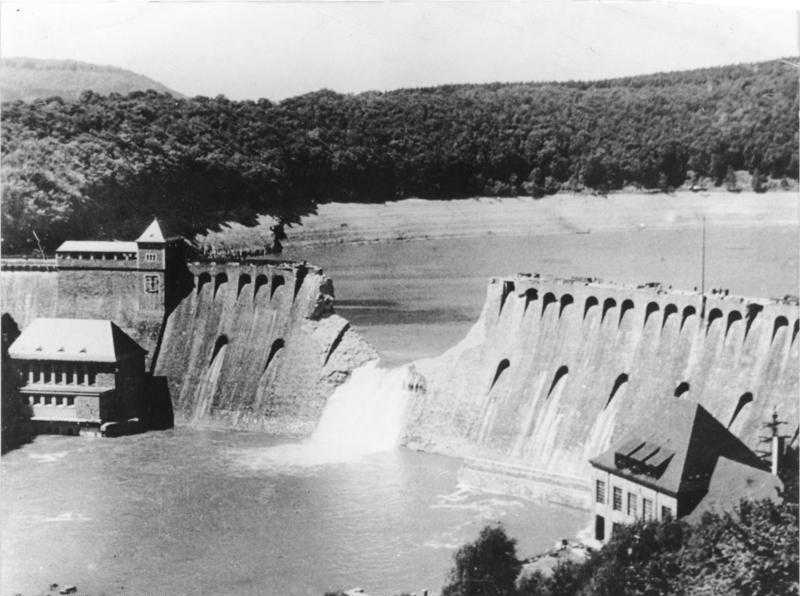Knight, Leslie Gordon
- Date of birth:
- March 7th, 1921 (Camberwell/Victoria, Australia)
- Date of death:
- September 16th, 1943 (Den Ham/Overijsel, The Netherlands)
- Buried on:
- Commonwealth War Graves Den Ham
Grave: 765. - Service number:
- 401449
- Nationality:
- Australian
Biography
On March 7, 1921, Leslie George Knight was born in the Australian suburb of Camberwell, which is part of Melbourne. He was the eldest of Harold and Nellie Knight's two sons. The war got in the way of his plans to become an accountant. In the fall of 1941, he was dispatched to England after enlisting in the RAAF.
In September 1942, following his pilot training, he was assigned to 50 Squadron. By March 1943, Knight had flown on about 26 missions before being assigned to 617 Squadron.
He flew the third aircraft to attack Eder Dam. The mine dropped accurately causing the final breach for which he was awarded the DSO.
After the raid, Knight resumed his training, and the raid on the Dortmund Ems canal in September 1943 was the first action he witnessed.
The route to the heavily guarded canal was covered in dense fog. His plane struck some trees while flying at around 100 feet in fog and seriously damaged both of his port engines.
Knight tried a forced landing in a field while remaining at the controls. He almost made it, but the plane exploded after colliding with a bank that was spanning the field. The remaining seven crew members made a safe landing. Two became PoWs, and five managed to escape capture.
Do you have more information about this person? Inform us!
- Period:
- Second World War (1939-1945)
- Rank:
- Pilot Officer
- Unit:
- No. 617 Squadron, Royal Air Force
- Awarded on:
- May 28th, 1943
- Awarded for:
- Operation Chastise
"On the night of 16th May, 1943, a force of Lancaster bombers was detailed to attack the Mohne, Eder and Sorpe dams in Germany. The operation was one of great difficulty and hazard, demanding a high degree of skill and courage and close co-operation between the crews of the aircraft engaged. Nevertheless, a telling blow was struck at the enemy by the successful breaching of the Mohne and Eder dams. This outstanding success reflects the greatest credit on the efforts of the following personnel who participated in the operation in various capacities as members of aircraft crew."
The original Confidential Recommendation for the award - in a joint Recommendation with Knight and Hobday - state:
'Pilot Officer Knight was Captain, Flying Officer Hobday Navigator and Flying Officer Johnson Bomb Aimer of an aircraft detailed to attack the Eder Dam.
By making several dummy runs over the target at extremely low level, until they were quite certain that their mine would hit the objective, they subjected themselves to constant risk, but by skill of high order on the part of the pilot and by excellent timing on the part of the Air Bomber, and the Navigator, they succeeded on the last run in breaching the Dam.
I strongly recommend that the outstanding work of this crew be recognised by the immediate award of the Distinguished Service Order to Pilot Officer Knight, and of the immediate award of the Distinguished Flying Cross to Flying Officers Hobday and Johnson.'
Air Chief Marshal Sir Ralph 'Cocky' Cochrane concurred with the recommendations and the awards were thus signed off by Air Chief Marshal 'Bomber' Harris.
- Period:
- Second World War (1939-1945)
- Rank:
- Acting Flight Lieutenant
- Awarded on:
- January 1st, 1945
Posthumously awarded
- Period:
- Second World War (1939-1945)



